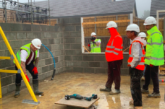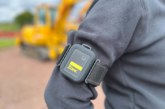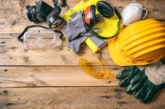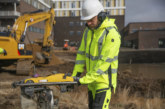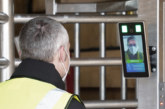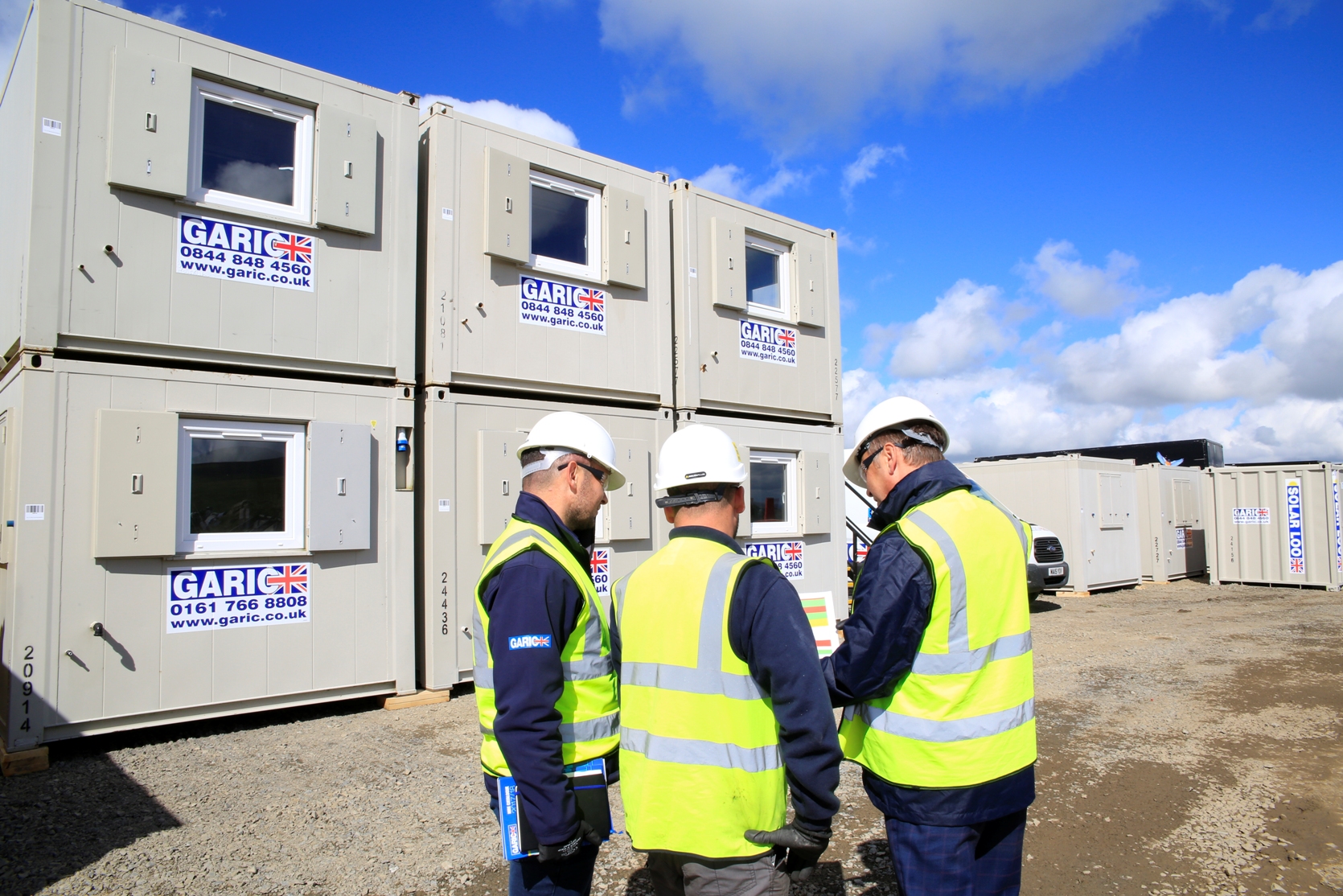
The welfare of workers on a building site is a high priority. Garic Director Neil Richardson explains the latest construction site welfare requirements.
The revised 2015 Construction (Design and Management) regulations continue to receive a mixed reception. Rather than getting bogged down in the debate about the whys and wherefores, surely focusing on understanding the regulations in order to put the right procedures in place would be more beneficial?
There continues to be uncertainly about welfare facility provisions in particular – the revised regulations have placed much greater emphasis on providing adequate welfare. Now, all sites, whatever their size, must have welfare facilities. There needs to be enough for the number of workers and they must be appropriate for the type of work taking place. Both the client and contractor share this legal responsibility.
Planning phase
Details of the welfare arrangements need to be included in the pre-construction information prepared by the client, who is also responsible for ensuring work does not start unless the correct welfare facilities are in place.
If the construction project is on or next to the client’s premises then those facilities can be used, as long as permission has been granted. However, if this is not possible, the contractor will need to set up portable amenities.
For projects involving more than one contractor, the responsibility lies jointly with the client and principal contractor. The principal contractor is required to liaise with the other contractors involved to ensure the appropriate facilities are made available and properly maintained.
Whilst early planning is always desirable, continued dialogue throughout the construction phase will be necessary to make sure any changes which may affect the facilities required are taken into account. In line with the regulations it is important to keep a record of all welfare facilities provided.
Site amenities
So exactly what is required? From the first day onsite, workers must have easy access to clean drinking water, washing facilities, hot water and toilets. There also needs to be suitable facilities for taking breaks, having meals and for storing and changing clothes. These all need to be properly maintained to ensure they are kept in a clean and hygienic condition.
The regulations say that toilets are to have effective ventilation and there needs to be separate male and female facilities but if this is not possible, lockable toilets must be provided.
Washing facilities should be equipped with hot and cold running water, soap or other cleaning agents, towels or another method of drying hands and showers. This depends on the nature of the work and again ideally these should be separate male and female facilities.
If workers are required to change into protective clothing, then separate male and female changing rooms with seating and storage are required. Drying facilities for wet clothes should also be provided as should heated rest areas with seats, tables and a method for warming drinks and food.
The majority of welfare equipment suppliers stock products that aim to help meet these requirements. Whilst there are many effective standalone toilets, showers and canteen cabins on the market, the cleverly designed multi-functional facilities that Garic offers are becoming increasingly popular. These facilities take welfare to a whole new level by providing more accessible, comprehensive and higher quality amenities for workers – which can only be a good thing.

